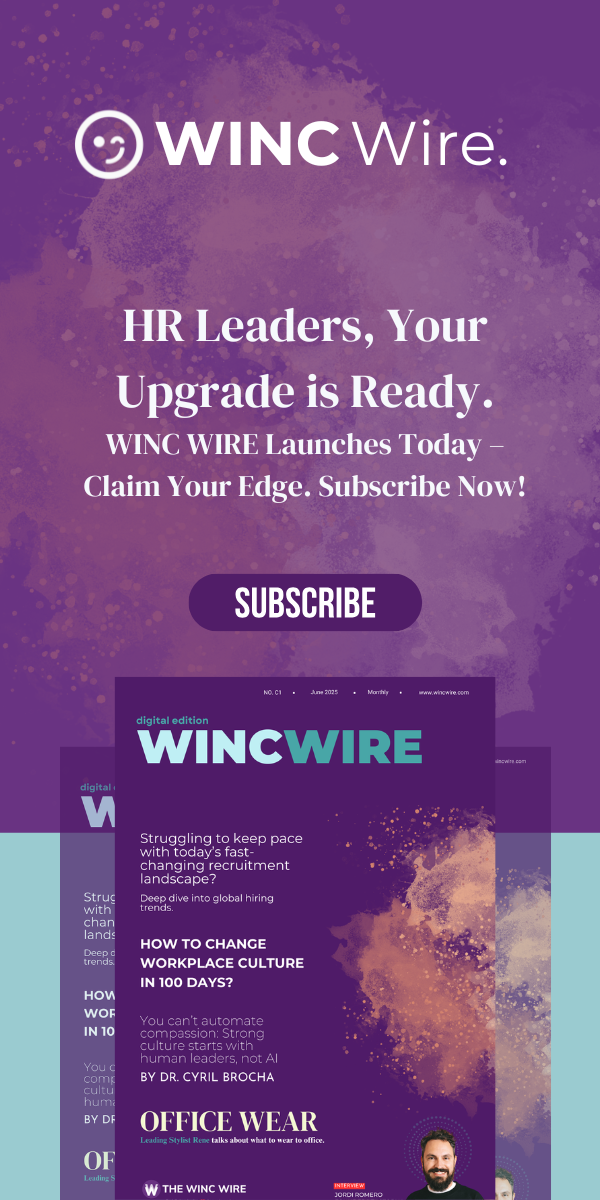There was a time when Human Resources operated more like a back-office ledger than a strategic driver. File-heavy, policy-bound, and endlessly procedural — the department often functioned as an organisational gatekeeper rather than a catalyst for change. But today, that model is as outdated as navigating the M25 in a horse and cart.
In a world where agility defines success, HR must do more than keep up it must lead the charge. Transforming our operating models isn’t just a technical upgrade; it’s a cultural and strategic imperative.
HR in the Digital Era: From Tools to Transformation
Technology isn’t a trend it’s the terrain. From how we engage talent to how we monitor wellbeing, digital innovation is shaping every facet of the employee experience. Yet, the value of these tools isn’t in their novelty; it lies in how we use them to sharpen operational precision and free HR to do what it does best: nurture people and culture.
Why waste human potential on manual processes when AI-driven chatbots can handle frontline queries, or analytics platforms can offer real-time insights into workforce dynamics?
Making Tech Work With You, Not Just For You:
- Diagnose the Drag: Start by identifying inefficiencies. Which processes are labour-intensive yet low impact? That’s your blueprint for automation.
- Design for Harmony: Select tools that integrate smoothly with your existing systems. Engage your IT counterparts early alignment is key.
- Automate Intelligently: Streamline repetitive tasks like payroll or absence tracking. This creates space for strategic thinking and high-touch engagement.
The Talent Equation: Upskilling HR for the Road Ahead
A bold operating model demands more than infrastructure it requires people who are future-ready. Yet, the CIPD’s recent People Profession Survey reveals that only 4 in 10 organisations invest in upskilling their HR teams for modern models. It’s like handing someone a Tesla without ever explaining regenerative braking.
Bridging the Capability Gap:
- Take Inventory: Use 360-degree reviews and skills audits to identify strengths and blind spots across your team.
- Map the Route: Align job roles and career paths with the capabilities your new model requires. Clarity inspires momentum.
- Equip with Purpose: Offer targeted learning from digital fluency and data literacy to strategic thinking. Think less ‘tick-box training’, more ‘development with intent’.
Culture as the Conductor of Change
You can deploy the most advanced systems and hire a world-class team, but if the cultural rhythm is off, transformation won’t resonate. Moving towards self-service or digital-first models requires more than process shifts; it demands a mindset that embraces change rather than resists it.
Research consistently shows that when people perceive change positively, they’re far more likely to engage with it. Culture, then, becomes your engine and leadership is the ignition switch.
Building a Culture of Adaptability:
- Be Transparent: Whether it’s via town halls or team huddles, explain not just what’s changing, but why. Narrative matters.
- Champion Experimentation: Create safe spaces for testing new ideas. Recognise early adopters culture is contagious.
- Keep the Dialogue Flowing: Use every medium intranet updates, Slack threads, kitchen conversations to maintain clarity and connection.
When leaders walk the talk showing curiosity, flexibility, and trust they light the path for others. Cultural change is rarely mandated; it’s modelled.
A Journey, Not a Quick Fix
Transforming HR isn’t about superficial tweaks. It’s a deliberate reshaping of how we work, think, and connect across the organisation. At its heart, it’s about becoming a people-first enabler of progress.
Here’s the core formula:
- Adopt Tech with Intention: Not all tools are equal. Choose what aligns, then embed it with care.
- Invest in Human Capability: The future is built by people who are equipped to lead it.
- Nurture a Culture of Curiosity: Make change part of your organisational DNA not an external imposition.
Revolutionising your HR model doesn’t require a revolution but it does require courage, clarity, and consistency. If we’re willing to let go of legacy thinking and lean into the unknown, we’ll not only create more agile HR functions, but workplaces where people and performance truly thrive.



